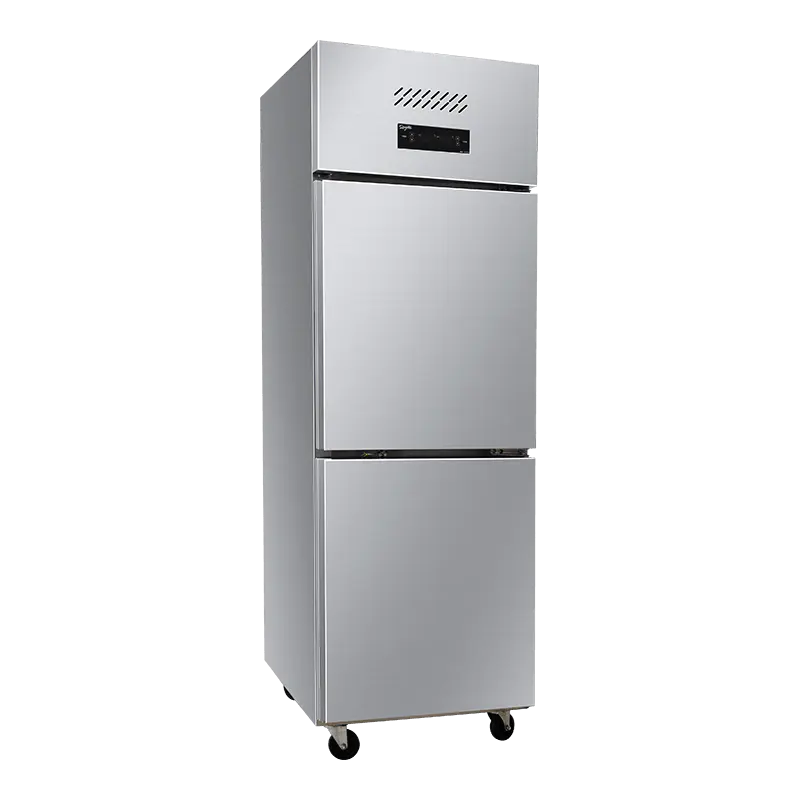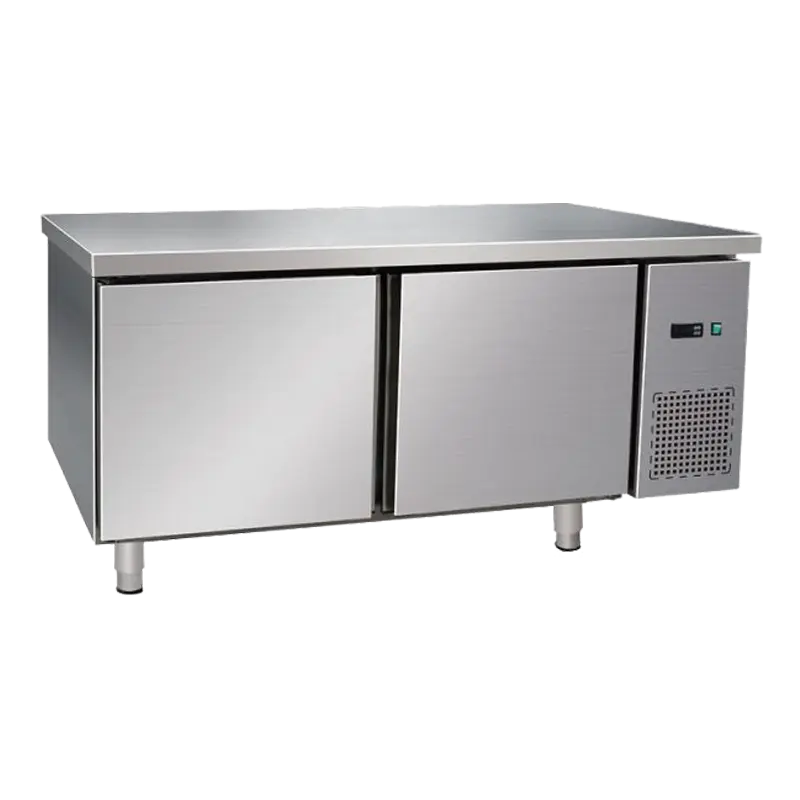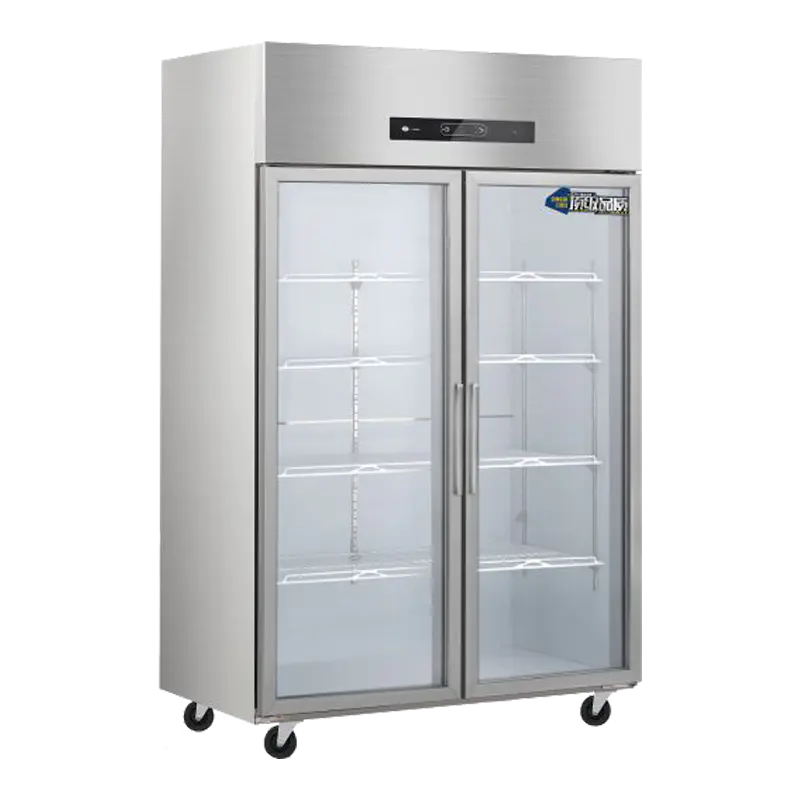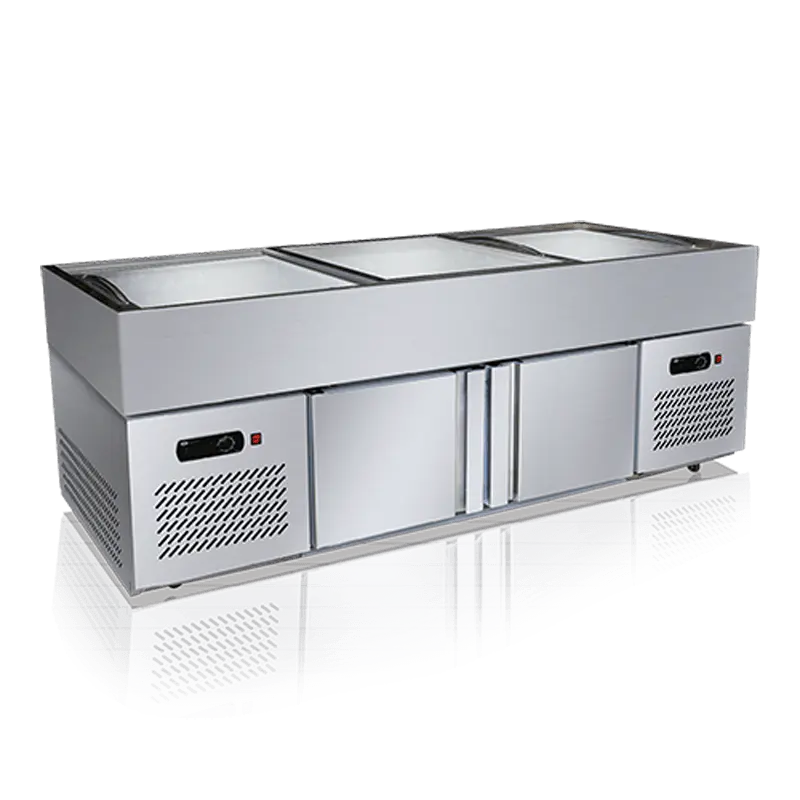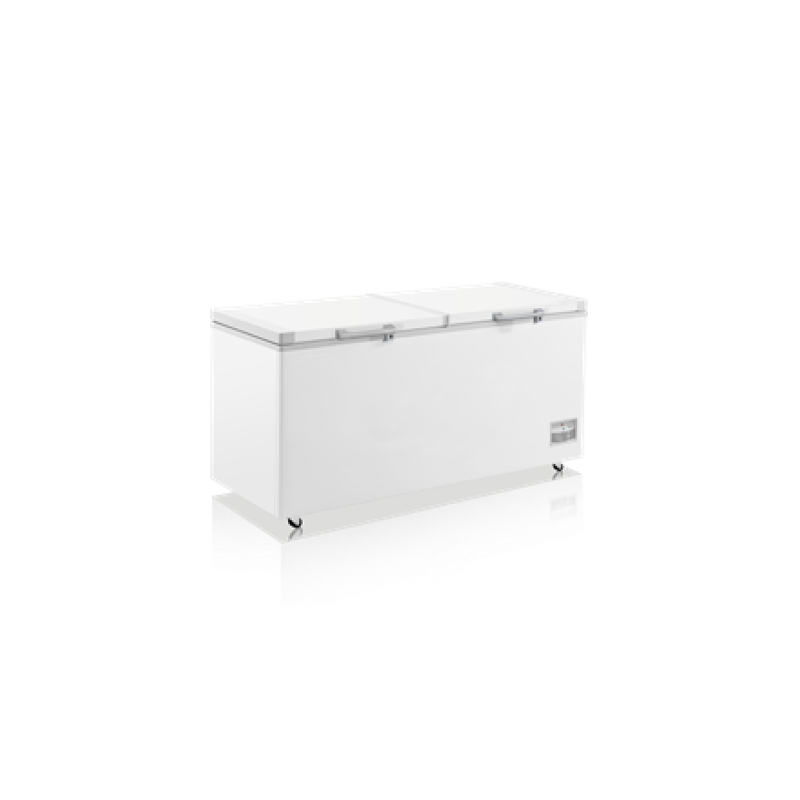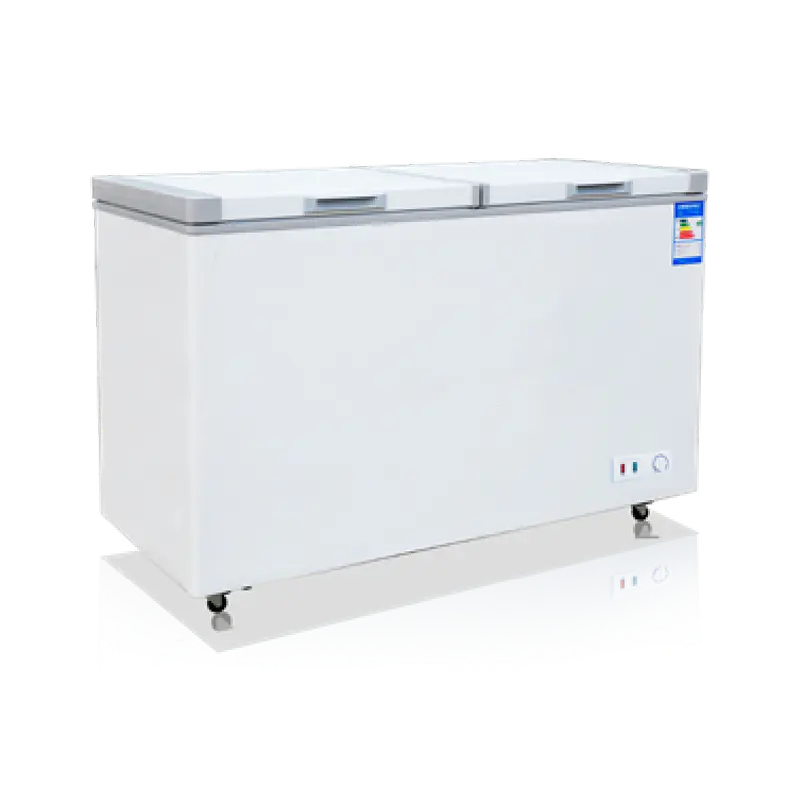In modern food retail and foodservice operations, maintaining both visual appeal and freshness of diverse products is a delicate balance. This is especially true in environments handling perishable items like fresh fruits, vegetables, chilled dishes, and meat skewers. The luxury three-temperature refrigerated meat fruit vegetable display chillers provide an innovative solution by creating dedicated zones, each tailored to the preservation needs of specific food types. These chillers don't just store food—they support smarter merchandising and reduce waste, helping businesses run more efficiently while elevating the customer experience.
Understanding how different temperature zones function within a single display unit is key to appreciating their value. In the refrigerated area, typically kept between 2–8 °C, fresh produce and prepared dishes maintain their vibrant appearance and taste. Leafy greens stay crisp, drinks remain refreshing, and plated meals are presented in their best state. This zone plays a dual role: attracting attention with a clean, bright presentation and extending the usable life of food items that are often vulnerable to temperature fluctuations in less specialized units.
Then comes the micro-frozen compartment, operating at around -5 to 5 °C. Unlike standard freezing, this controlled environment is perfect for semi-frozen storage needs—especially meat skewers or marinated items intended for fast preparation. This setup prevents the product from becoming rock-hard, allowing foodservice staff to use the items immediately without time-consuming thawing. This not only improves kitchen efficiency but also maintains texture and taste integrity, which is crucial for meat products that suffer from repeated freeze-thaw cycles.
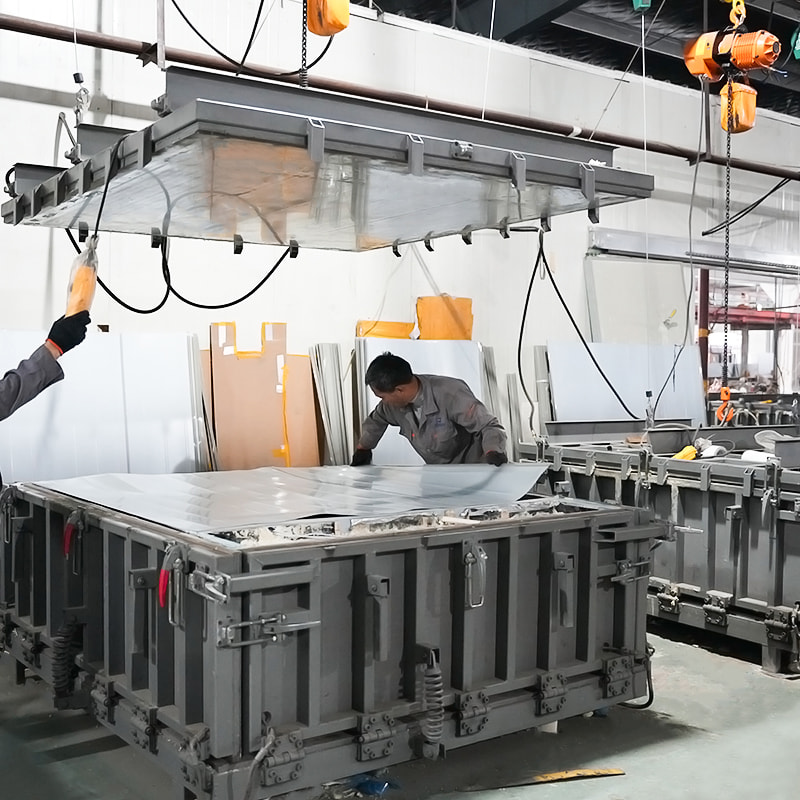
The third zone, typically at -18 °C, functions as a deep-freeze storage section. It’s particularly useful for pre-packed frozen foods or backup stock that needs to be preserved for a few days. By integrating all three temperature ranges in one display chiller, businesses can reduce handling time, cut down on separate storage costs, and improve organization. It also minimizes cross-contamination risks and flavor transfer—a common issue when incompatible items are stored together in conventional refrigeration units.
One of the often-overlooked benefits of these advanced refrigerated meat fruit vegetable display chillers is the way they support visual merchandising. Food appearance plays a critical role in consumer decision-making, especially in self-service or buffet-style settings. A product that looks fresh and properly stored automatically communicates quality and care. The clear zoning also helps staff organize items logically, making replenishment quicker and reducing the risk of spoilage due to oversight. When you present your fruit, vegetables, and meats in a visually appealing, temperature-optimized environment, it directly enhances customer trust and satisfaction.
As manufacturers, we’ve worked with clients across foodservice, supermarkets, and specialty retailers, and the feedback is consistent: an integrated, multi-temperature solution streamlines operations and pays for itself in reduced waste and improved speed. The flexibility of design—such as optional finishes and fog-prevention technology—adds an extra layer of appeal, letting our clients align the chillers with their brand environment while maintaining performance standards.
In essence, the refrigerated meat fruit vegetable display chillers aren’t just storage appliances—they're productivity tools and merchandising assets. They reflect a deeper understanding of how different types of food behave in varying temperature environments and how display quality directly affects customer perception. For any business handling a mix of fresh, semi-frozen, and frozen items, investing in temperature-specific chillers is a strategic move that supports freshness, efficiency, and presentation in one cohesive system.


 English
English русский
русский Español
Español عربى
عربى

